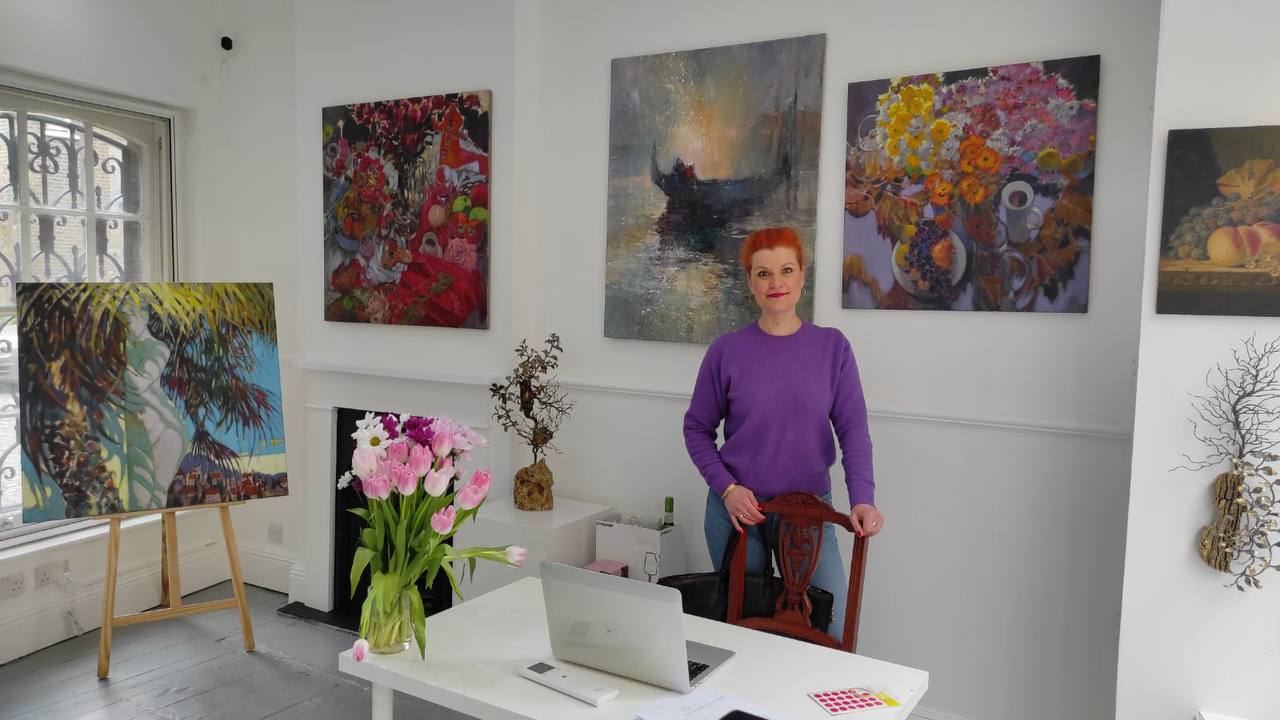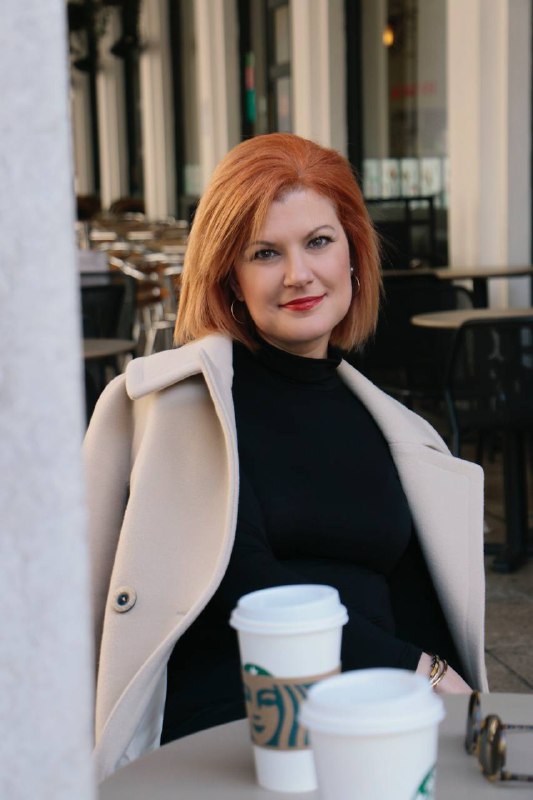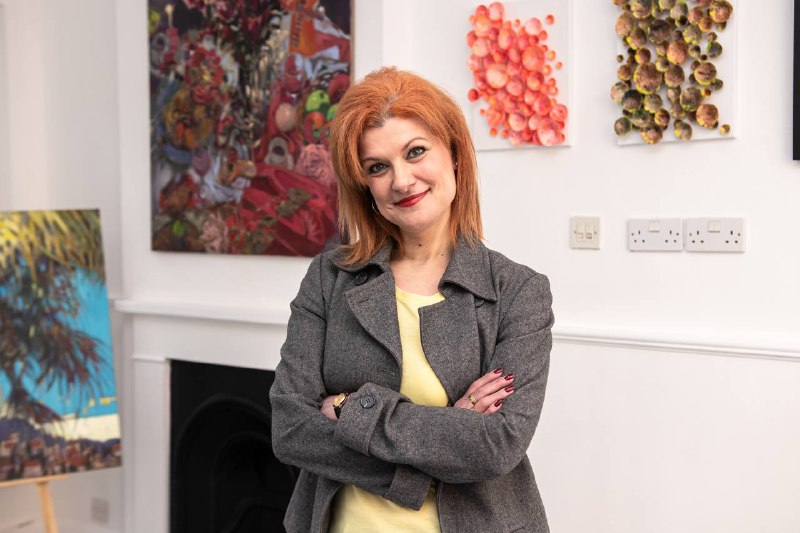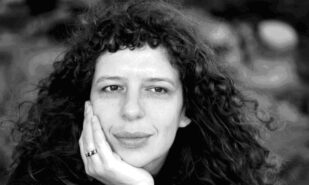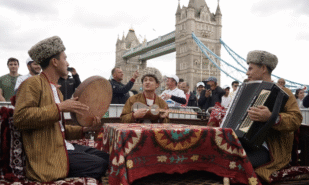In today’s world, where galleries and exhibition spaces are becoming increasingly commonplace, the opening of a new art venue rarely causes a stir. Yet the Russian Art Center in London stands out as a notable exception. This is a space where visual art becomes a language of intercultural dialogue, and each artist’s work serves as a personal narrative — a story of their world, their history, and their emotions. The center offers a thoughtful and nuanced perspective on Russian-speaking art, revealing new dimensions and meanings to its audience.
Russian Art Center in London of Valentina Shaeva: a place where art brings people together
The center was founded by Valentina Shaeva — an art critic, curator, and gallerist who was previously a successful lawyer. Her transition into the art world was a deliberate and courageous step, resulting in a gallery that is already resonating with both the professional community and the general public. All exhibitions at the Russian Art Center are curated personally by Valentina, whose profound understanding of the artistic process, eye for potential, and commitment to open dialogue bring depth and vitality to each show.
The mission of Russian Art Center is to provide a platform for Russian-speaking artists living around the world to have their voices heard. The center seeks to create a space where cultural heritage, individual perspectives, and personal stories take shape and find recognition. “I wanted to create a place where art speaks the language of the soul and brings people together,” says Valentina Shaeva. The center collaborates with artists from across the globe — including sculptors Karen Terzyan from Armenia, Alexander Vlasyuk from Belarus, Irina Pskulkovska from Lithuania, and Svetlana Maksimenko from Paris—along with Russian artists such as Dmitry Ermolov, Anatoly Kakalov, and Gleb Skubachevsky. Each of them contributes their themes, styles, and cultural experiences, resulting in exhibitions that are rich in layers and truly dynamic.
“Our goal is not just to showcase artists’ works, but to foster cultural exchange and create a space for real interaction,” Valentina emphasizes. This philosophy positions the center not only as an exhibition venue but as a place for communication, collaboration, and mutual understanding. Since its opening, Russian Art Center has held five exhibitions and participated in two art fairs. Each event offers artists a platform to present their work and gives audiences the opportunity to discover new voices and perspectives. The exhibitions blend contemporary forms with classical techniques, presenting a cohesive and vibrant picture of today’s art landscape.
Looking ahead, the center plans to expand into interdisciplinary projects. While it currently focuses on painting and sculpture, future programs will include photographers, designers, fashion creators, jewelers, and digital artists. This expansion will allow for a broader exploration of contemporary artistic expression in all its diversity. Russian Art Center is also building international partnerships, aiming to unite creative minds regardless of country, language, or background. The core criteria for collaboration are professionalism and the quality of artistic output. With this approach, the center is becoming a hub for cultural exchange and a vital link in the ongoing dialogue between East and West.
Thanks to Valentina Shaeva’s thoughtful leadership and curatorial vision, Russian Art Center in London is gradually securing its place on the international art scene. By bringing together artists with diverse backgrounds and perspectives, it fosters a welcoming environment where art remains accessible and meaningful to a broad audience. Russian Art Center in London is more than just another gallery — it is a contemporary cultural platform where tradition meets innovation. Here, the focus is not only on the artwork itself but also on the dialogue it inspires.
Much of this is made possible by Valentina Shaeva’s professionalism, sensitivity, and personal engagement, which not only shape compelling exhibitions but also help emerging artists be seen and heard.

